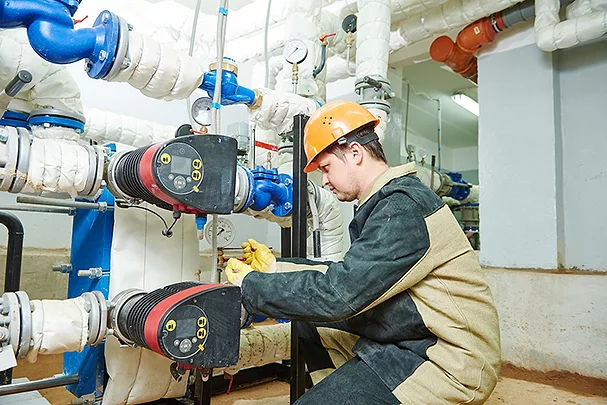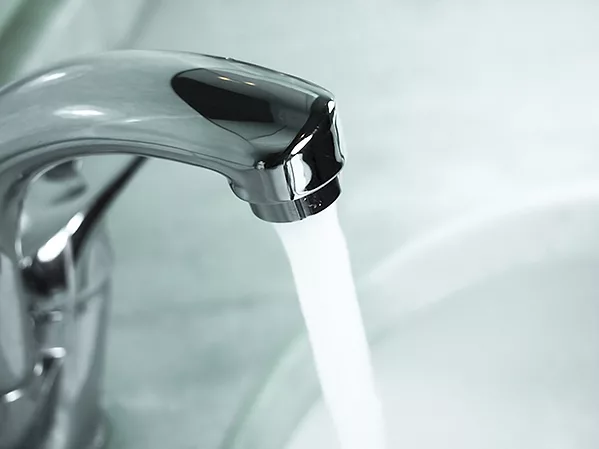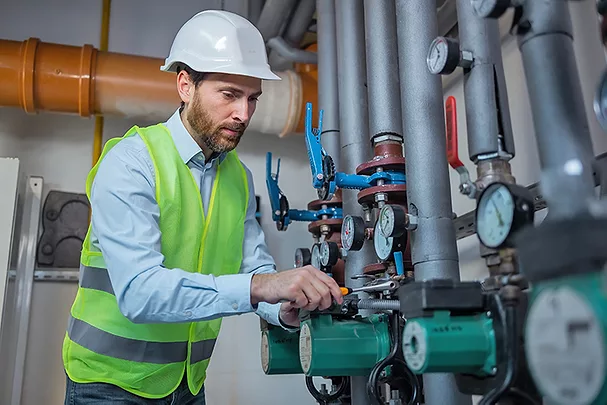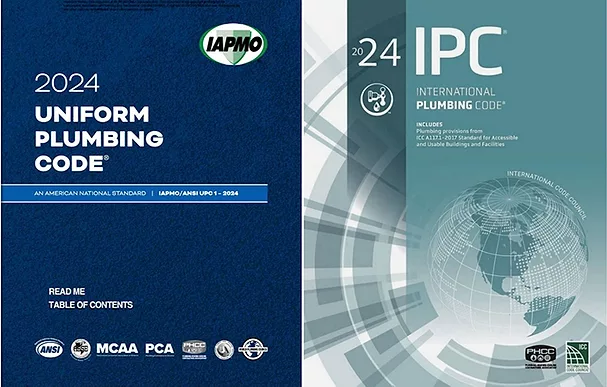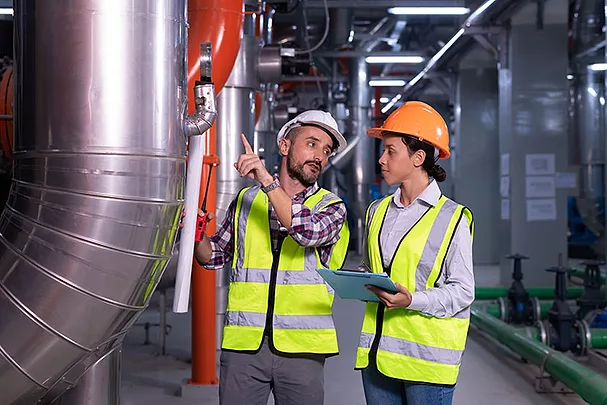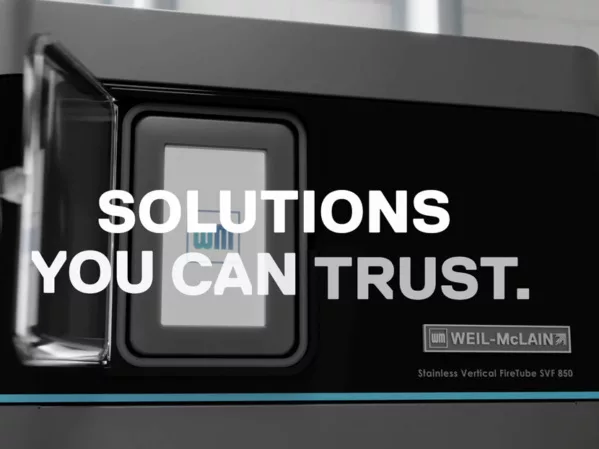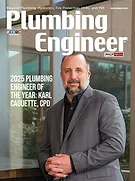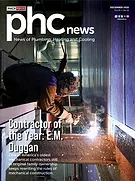Articles by Ron George
Code Classroom
A detailed account of my latest Rotary mission trip to Ghana and the water projects our group worked on.
Read More
Code Classroom
Emergency Response to Legionella Bacteria Suspected or Confirmed in a Building Water System, Part 3
Here are the steps for performing the emergency flushing and
disinfection in a contaminated building water system.
Read More
Code Classroom
Emergency Flushing and Disinfection for Legionella, Part 2
Building owners, operators or water management teams can use a checklist to develop a customized emergency flushing and disinfecting protocol or use it as part of a water management plan.
Read More
Code Classroom
Emergency Flushing and Disinfection for Legionella, Part 1
Proper procedures, guided by water management plans and regulatory codes, are essential to ensure effective disinfection while avoiding damage to plumbing systems.
Read More
Code Classroom
Codes and Standards Update
Each year, I attend more than a dozen codes and standards meetings with various organizations. This column is a summary of their activities.
Read More
Code Classroom
Worksite Safety for Design Professionals
Proper training, use of PPE, hazard awareness and adherence to OSHA safety guidelines are essential to minimize injuries and ensure a safe work environment.
Read More
Code Classroom
Comparison of the 2024 UPC and 2024 IPC Model Codes
These updated editions enhance plumbing system sustainability, accessibility and resilience, reflecting advancements in plumbing practices.
Read More
Code Classroom
Who’s Responsible for Preventing Scald Injuries? Part 2
Higher storage temperatures are essential to ensure adequate
hot water supply, prevent bacterial growth and maintain safe
temperatures at fixtures.
Read More
Code Classroom
Who’s Responsible for Preventing Scald Injuries? Part 1
After a scalding burn incident, there must be thorough investigations into plumbing systems rather than hastily blaming caregivers.
Read More
Code Classroom
2024 International Property Maintenance Code, Part 2
Mechanical/plumbing/electrical requirements and fire safety standards form the backbone of the code.
Read More

